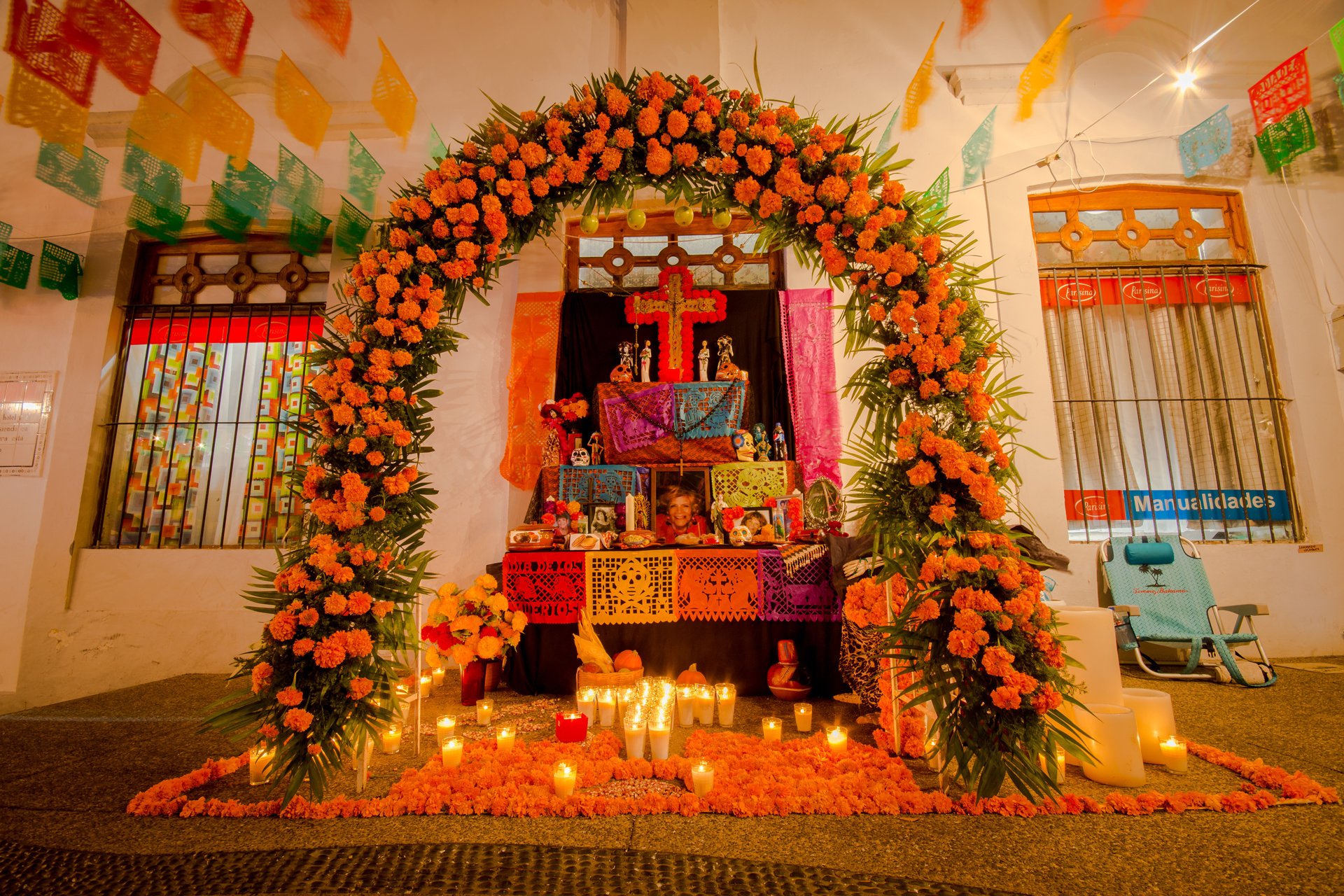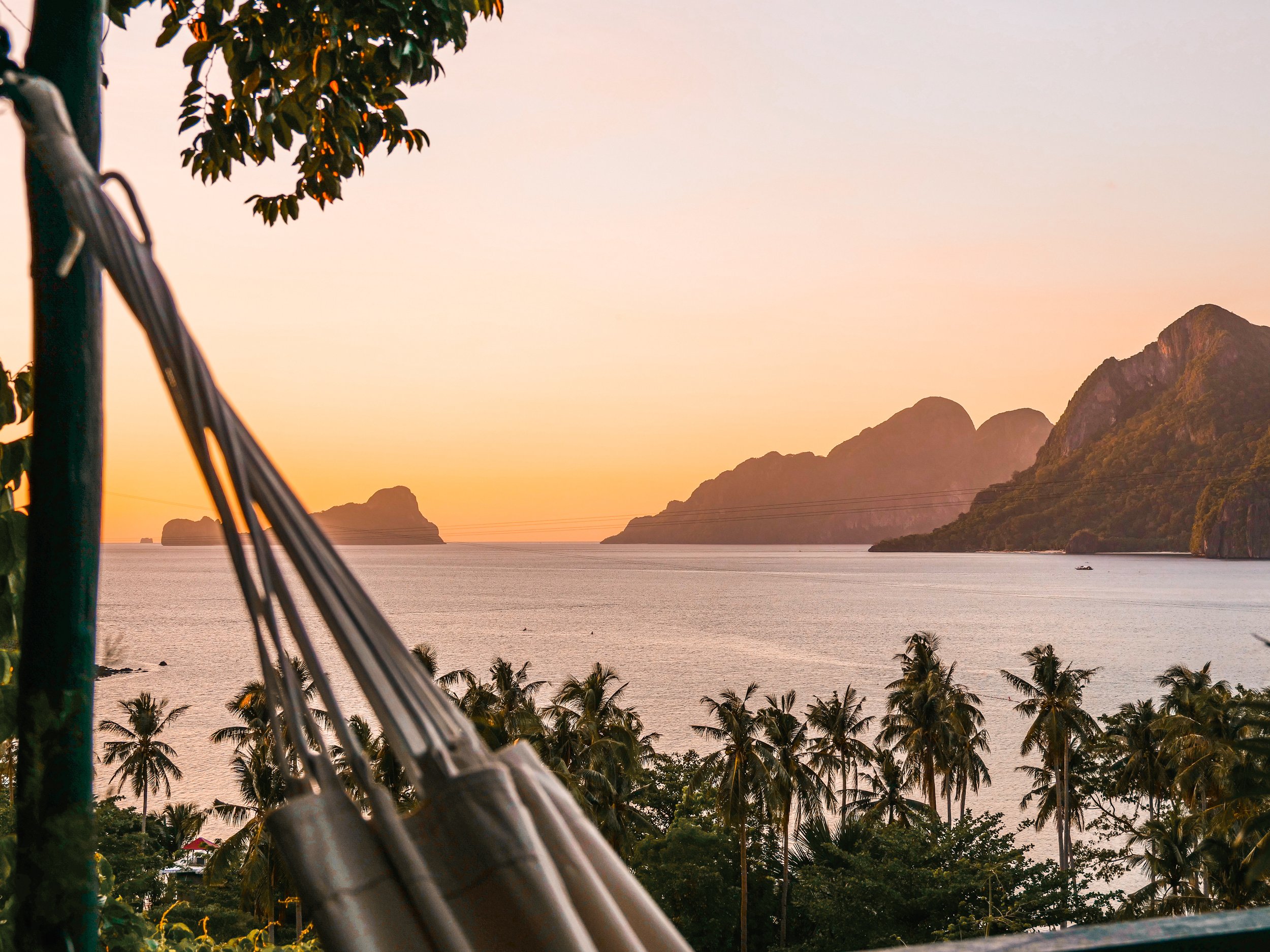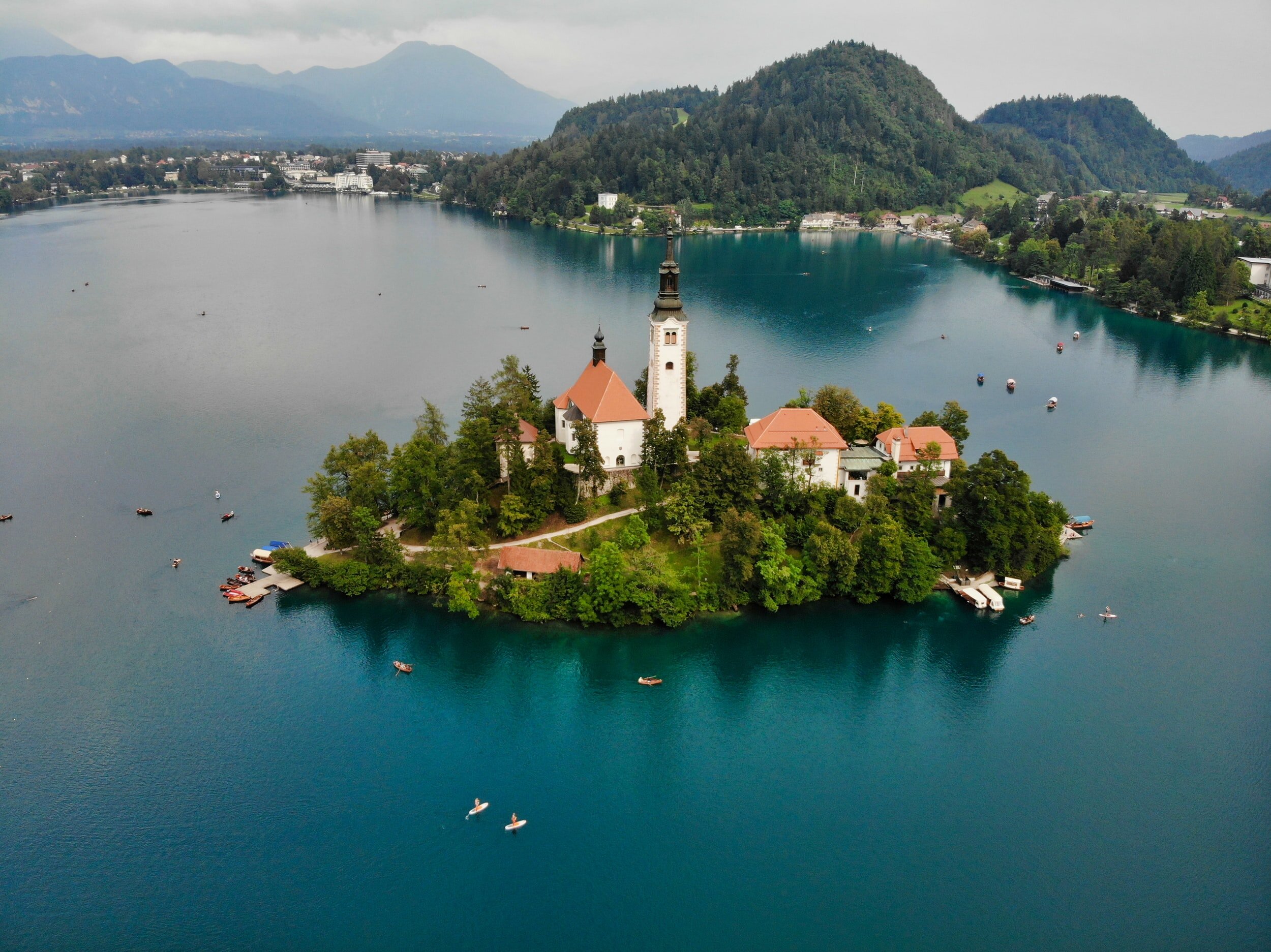
Día de los Muertos
Día de los Muertos is an indigenous Mexican celebration of the human experience of life and death with a rich and ancient history and meaning, a central part of Mexican culture for centuries.
Inscribed in 2008 on the Representative List of the UNESCO Intangible Cultural Heritage of Humanity by UNESCO. (referring to nonphysical intellectual wealth, such as folklore, customs, and heritage that should be protected.); the celebration commemorates the transitory return to Earth of deceased relatives and loved ones.
A Celebration of the Human Experience
Gabriela Gamez, Government Affairs & Events at the World Travel & Tourism Council comes from Guadalajara – Mexico’s second-largest city. As a Mexican living in London, it is extremely important to teach her daughter Mexican traditions, and attend cultural events such as Mexican Día de Muertos: A Celebration of Life at the British Library.
“For me, Día de Los Muertos is a reminder that life is short, we should enjoy it and remember that it is not eternal. One day we will die and the only thing left will be the good memories we leave behind for the people we love. On this day; we make Pan de Muerto (Day of the Dead bread), to enjoy and some for the altar for my twin sister who died as a baby. I like to think that she is my angel, looking after me in this life.”
The Altar
Building altars, or ofrendas is an important tradition associated with the day, as Gabriela explains below:
“In Guadalajara, we create an altar for the beloved ones that have passed away. The altars help guide the spirits back to the land of the living on the Noche de Muertos on the night of November 2nd”.
The Arch
The arch symbolises the entrance to the world of the dead. In the places where it's set it can be made with cempasuchil flowers like in Michoacán State, or of reed like in Puebla State.
Flowers cempasuchil or flor de muertos
The altar is decorated with fresh flowers as it is believed that their scent will make the returning souls feel welcomed and happy. The flowers used to decorate the altars are known as Day of the Dead Flowers, and their use depends on local costumes, local availability and financial capacity. The cempasuchil or flor de muertos (flower of the dead) is one of the most used flowers during the celebration; in some places its petals are set to make a path from the house door to the altar thus showing the way to the returning souls.
Symbolic Levels
In some areas altars, are made with two levels that symbolize heaven and earth; in others they are made with three levels for heaven, purgatory and earth; and there are places where altars with seven levels are placed, each of these levels represents the steps a soul has to make to get to heaven.
Chiseled Paper or Papel Picado
The papel picado or chiseled paper are paper flags chiseled with saints' figures or skulls and skeletons that are placed like a table cloth in the altar. To some people they represent the element air for the way they move.
Day of the Dead Bread or Pan de Muertos
Pan de Muertos is different in every region of the country and one of the most important elements in the altar as it is a fraternal offering to the souls in the catholic sense.
Candy Skulls or alavera de Azúcar
Sugar, chocolate or amaranth seed skulls represent the death and its every moment presence.
Traditional Food such as Mole Poblano
Every region in Mexico has a special dish that is considered the most festive and tasty and it's usually the main food offered in the altar. A good example is the turkey with mole; these dishes are expensive and most of the families in the rural areas only make them for this occasion. Tamales, atole, fruits like oranges and apples and desserts like the calabaza en tacha (candied pumpkin) are also part of the offering.
Spirited Drinks such as Mezcal or Tequila
Tequila, mezcal and pulque (fermented agave juice) are offered to the adult souls so they can relax and enjoy with their family. If the honored one smoked a pack of cigarettes is then set in the altar.
Candles
Candles show the souls their way to the altar and back to the dead world; they symbolise the light, hope and faith. The number of candles in the altar depends on the local tradition, in some regions a candle is set for each honoured soul, in others four candles, one for each cardinal point are placed in the altar while in most places the number of candles depends on the economic capability of the family setting the altar.



















